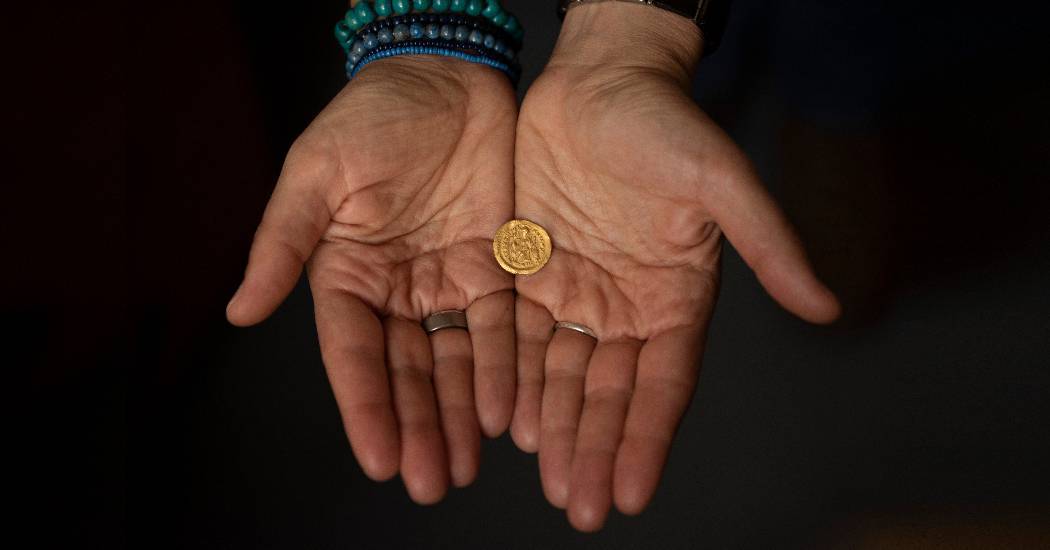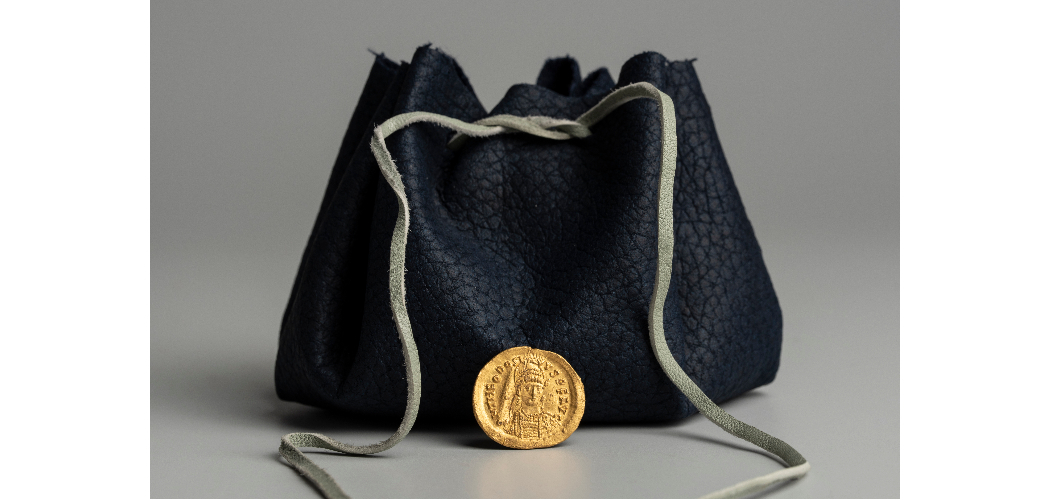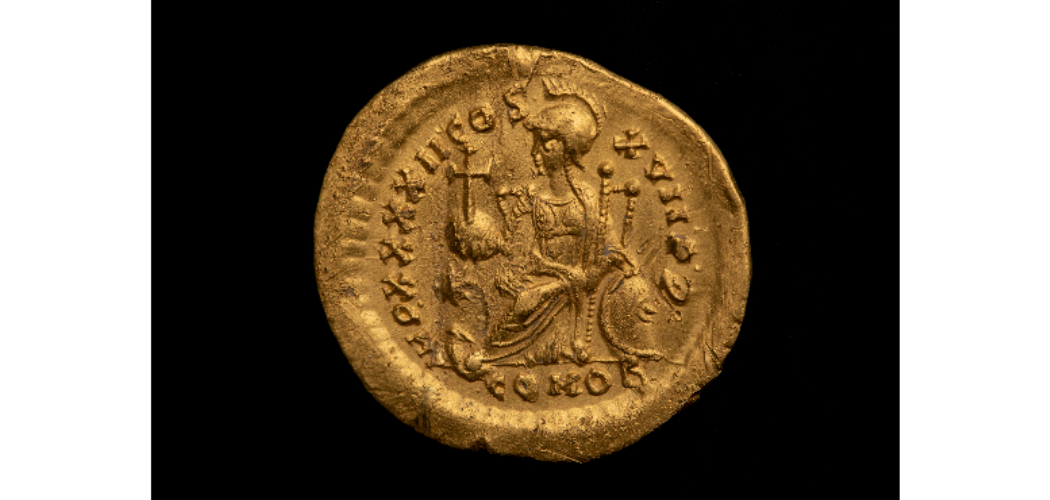
Archaeologists of the Aquincum Museum found a lost gold coin – equaling about as much to the former owner as losing a batch of bank notes today – a few weeks ago in Óbuda.
Archaeologist Péter Vámos, leader of the excavation said they found the coin with the help of a metal detector during a dig in San Marco utca. The plot on which an apartment house with a basement garage is being built, is located where the ancient Aquincum military city used to be. This summer and autumn, several archaeological digs took place the area. In the 2nd and 3rd centuries CE residential buildings stood on both sides of a 4 metre wide cobbled road in the area. The military town became mostly deserted in the late Roman age, with a cemetery built among the ruins, but the road still saw use until the 4th-5th centuries CE.
The cold coin (solidus), from the mint of East Roman Emperor Theodosius II (401-450 CE) in Constantinople, was found in the layer above the deserted Roman buildings. The coin, minted after 440 CE features the portrait of the emperor on the obverse, and the image of a woman as the embodiment of the capital, Constantinople, on the reverse side.
At this point in history much of the Carpathian Basin was under the rule of the Huns. By the 430s the Romans have evacuated and yielded many of the former Pannonian provinces to Eastern invaders. The Eastern Roman court paid a considerable sum annually in currency and gifts to ensure peace with the Hun rulers, first Ruga, then his successors, Attila and Bleda (Buda).
A part of such a shipment of Byzantine “peace tax” gold coins was found in 1963 in the town of Szikáncs on the Great Hungarian Plain. The vast majority of the 1439 gold coins found there were also struck during the reign of Emperor Theodosius II.
Thus it is not impossible that the coin found in Óbuda was also part of such a “tax” shipment, and could have dropped out of the coin pouch of a warrior serving in the Hun army. One such golden solidus was worth about 320 litres of grain at the time, or 1.5 times the monthly pay of a cavalryman.
This valuable coin, a unique find within Budapest, is going to be exhibited soon at the Budapest History Museum.



Photo: Nóra Szilágyi